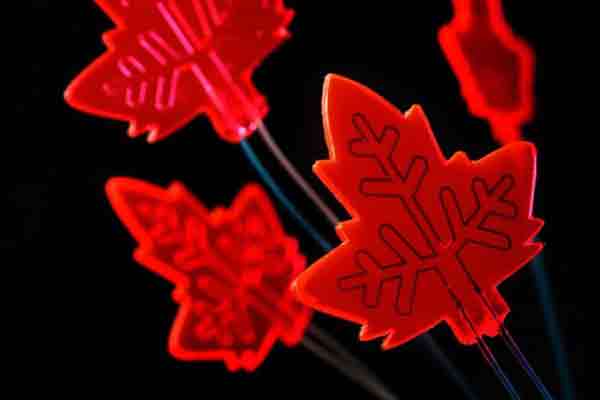
Amsterdam, Netherland (BBN) - Drug production is generally a matter of big factories churning out millions of aspirin or ibuprofen tablets a day, but there’s a lot to be said for manufacturing common drugs on a small scale, close to where they’re used.
Researchers from the Netherlands have created an efficient and simple method for doing so that uses a method much like plants have for making their own resources, reports techcrunch.com.
Artificial leaves aren’t new: they’re a class of device which passively converts light into power for various purposes.
Plants, of course, use photosynthesis to build their own critical chemicals, but they’re much better at it than our best imitations.
In a significant step forward, however, Timothy Noël and his team at Eindhoven University of Technology have found a way to make them power chemical reactions, such as those needed to assemble medical molecules.
The key is their employment of a new type of material called a luminescent solar concentrator, which converts incoming light to a particular wavelength and guides it to the edges of the “leaf” (it doesn’t have to be shaped like one, by the way, but why not?).
Thin channels are bored through the material, along which the chemical components of a medication can be pumped; the redirected, carefully tuned light sets off the reaction.
The use of LSCs immensely improves the efficiency, making more complex and high-energy processes possible to carry out — even on cloudy days.
“We now have a powerful tool at our disposal that enables the sustainable, sunlight-based production of valuable chemical products like drugs or crop protection agents,” said Noël in a TUE news release.
“Using a reactor like this means you can make drugs anywhere, in principle, whether malaria drugs in the jungle or paracetamol on Mars. All you need is sunlight and this mini-factory.”
For the next few missions, it’s probably simpler to just pack a bottle of pills, but for long-term production in resource-poor areas, this could certainly be a useful technology.
The discovery is detailed in the researchers’ paper, published today in the journal Angewandte Chemie.
BBN/MS/ANS